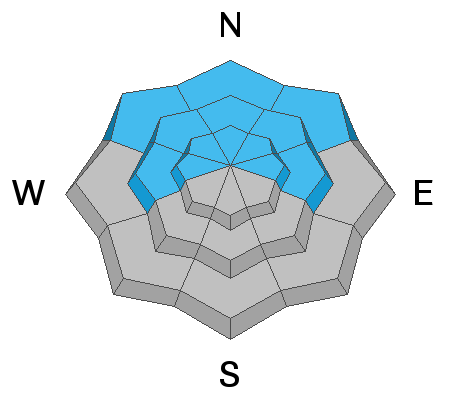Forecast for the Logan Area Mountains

Issued by Toby Weed on
Saturday morning, March 19, 2022
Saturday morning, March 19, 2022
Heightened avalanche conditions exist in the backcountry, people could trigger dangerous avalanches, and the danger is MODERATE. While stability has improved on most slopes, elevated conditions persist in some areas with poor snow structure and unstable snow, which can be found in northerly facing terrain at all elevations. On slopes steeper than 30°, people could trigger dangerous slab avalanches, up to two feet deep and a couple hundred feet wide, failing on a buried persistent weak layer of faceted snow. Small loose wet avalanches are possible on steep slopes with saturated snow. Tomorrow, heavy snow and drifting will cause rising avalanche danger in the backcountry.
*Evaluate snow and terrain carefully, especially on north facing slopes in areas with poor snow structure.

Low
Moderate
Considerable
High
Extreme
Learn how to read the forecast here








